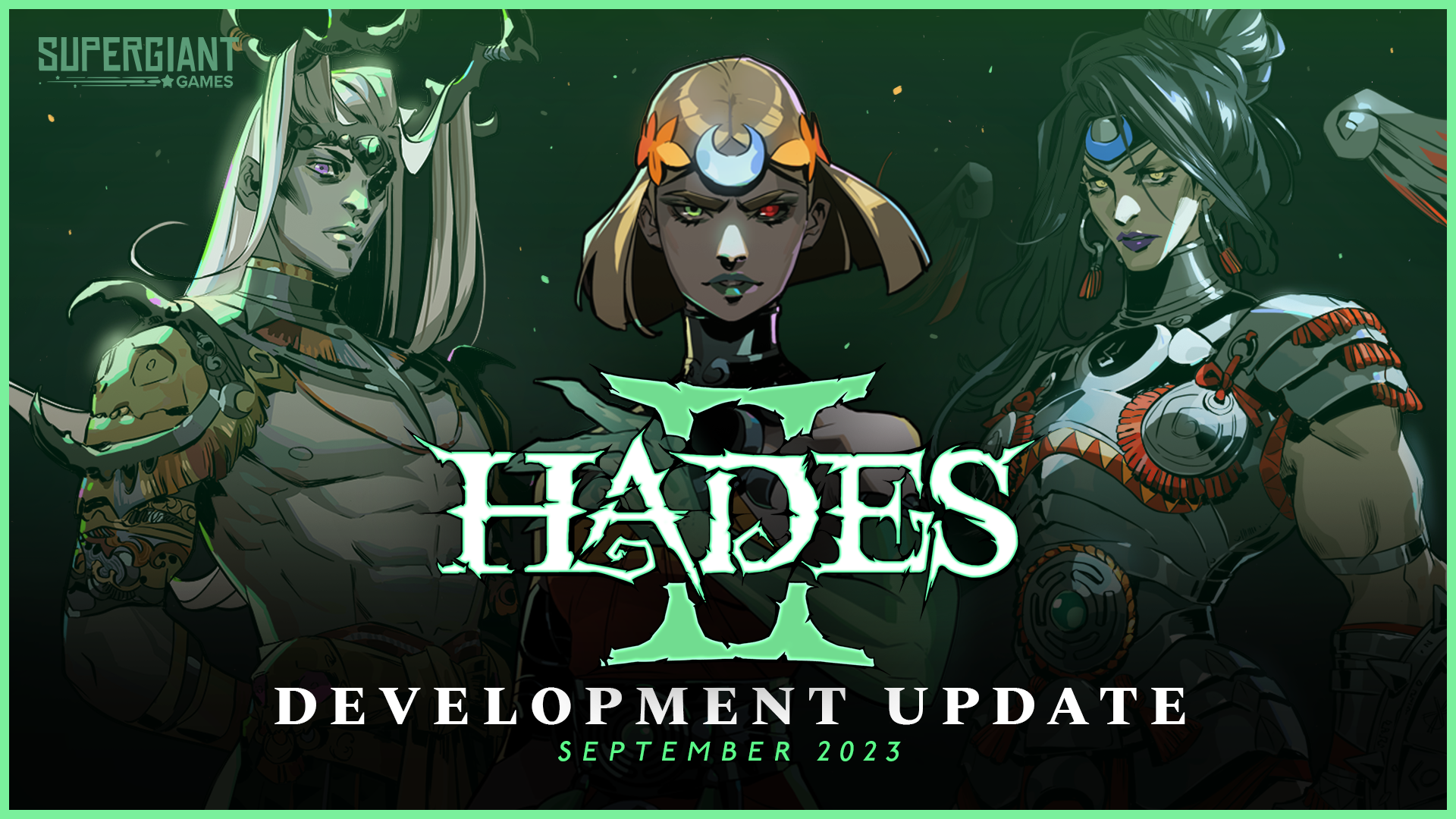In the vast universe of game development, the journey from concept to final product is often fraught with unexpected challenges and last-minute changes. Such was the case with Bethesda’s highly anticipated space RPG, Starfield, which boasts an expansive universe of over 1,000 planets. Yet, the climax of its main quest unfolds on just one: Masada 3. The creation of this pivotal final quest was a race against time, as revealed by former Starfield lead quest designer Will Shen at the Game Developers Conference in San Francisco.

The final quest of Starfield is a grand space opera in miniature, beginning with an orbiting space battle and descending into a ground skirmish through hordes of enemies, culminating in a multi-dimensional showdown. This ambitious finale, however, was not part of a meticulously planned development schedule but a product of ‘necessity and urgency,’ according to Shen. The quest design team, already stretched thin, had to hit what Shen referred to as the ‘panic button’ to deliver a satisfying conclusion to the game’s narrative.
The development of Starfield was a colossal undertaking, with a team size that ballooned from around 100 people during Skyrim’s production to over 500 for Starfield. This growth, while indicative of the game’s ambitious scope, brought its own set of complications. Collaboration became a Herculean task, with departments scrambling for resources and often declining requests for assistance. Shen described a ‘silo effect’ where the focus shifted from the game’s needs to departmental priorities, bogging down even simple collaborative efforts.
As the project progressed, it became evident that the main quest lacked a significant final location to tie the story together. With the clock ticking, Shen turned to senior level designer Steve Cornett, who proposed a creative solution: dimension hopping. This concept allowed players to revisit key locations from earlier in the game, cleverly circumventing the need to create new assets under time constraints.
Despite the behind-the-scenes scramble, the final quest of Starfield doesn’t betray its eleventh-hour origins to the player. However, some elements, like the repetitive battles against mercenaries and Starborn duplicates, could have been streamlined for a more cohesive experience. The option to resolve the final confrontation without combat is a classic Bethesda touch, offering a welcome respite from the action.
The tale of Starfield’s final quest development is a microcosm of the challenges faced in AAA game production. It underscores the importance of clear communication and shared goals across large teams. While the final product may not reveal the tumultuous path to completion, the story behind it serves as a valuable lesson for the industry. As Shen emphasized, emergency-driven collaboration should not be the norm; instead, consistent project-level communication is key to keeping a large team aligned and focused on delivering a cohesive gaming experience.
Starfield’s final quest stands as a testament to the ingenuity and resilience of its development team. It’s a reminder that even under pressure, creativity can thrive, leading to innovative solutions that defy the constraints of time and resources. For players embarking on the final leg of their Starfield journey, the knowledge of what it took to bring that experience to life adds an extra layer of appreciation for the adventure that awaits on Masada 3.
Related posts:
Starfield’s lead quest designer had ‘absolutely no time’ and had to hit the ‘panic button’ so the game would have a satisfying final quest
[PCGAMER] Starfield’s lead quest designer had ‘absolutely no time’ and had to hit the ‘panic button’ so the game would have a satisfying final quest
Starfield’s lead quest designer had ‘absolutely no time’ and had to hit the ‘panic button’ so the game would have a satisfying final quest




